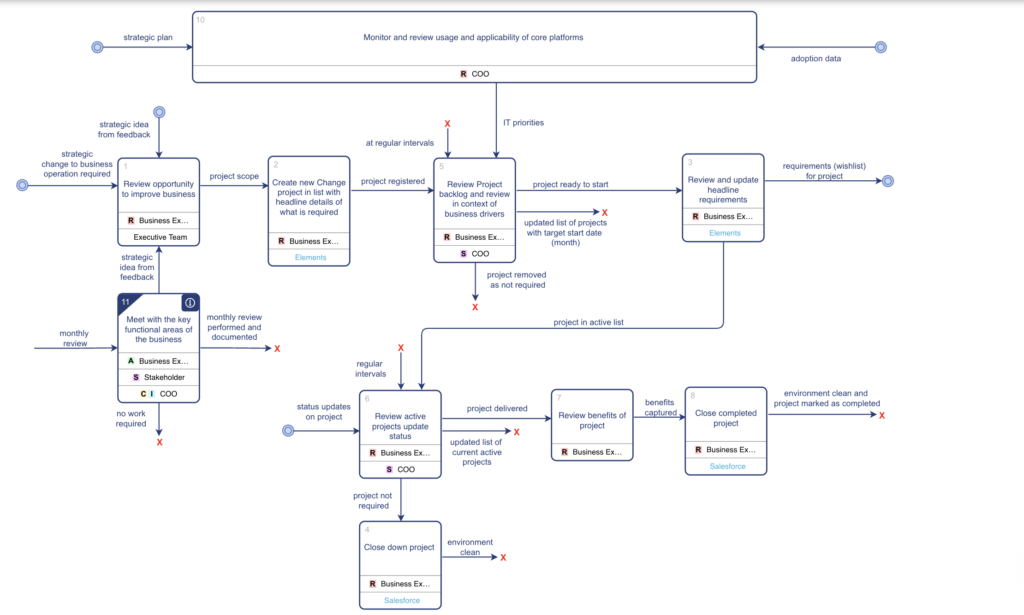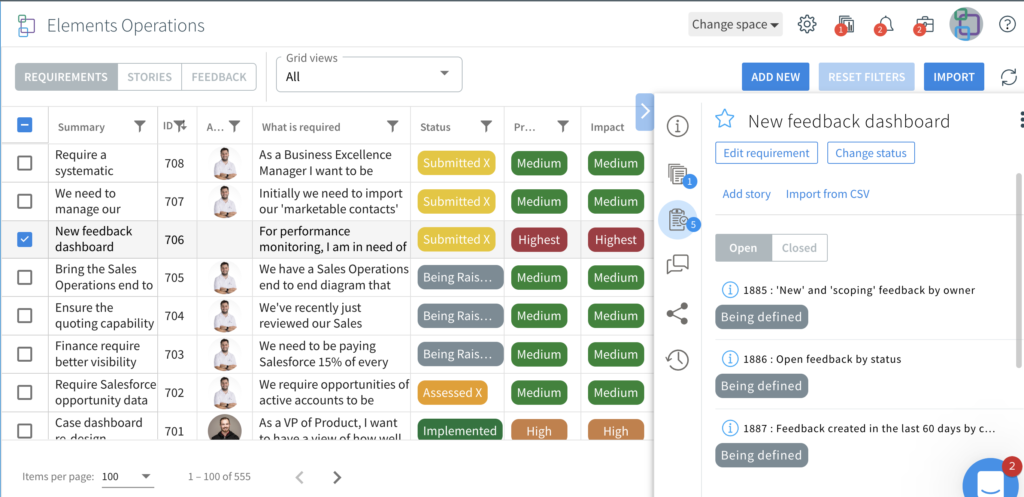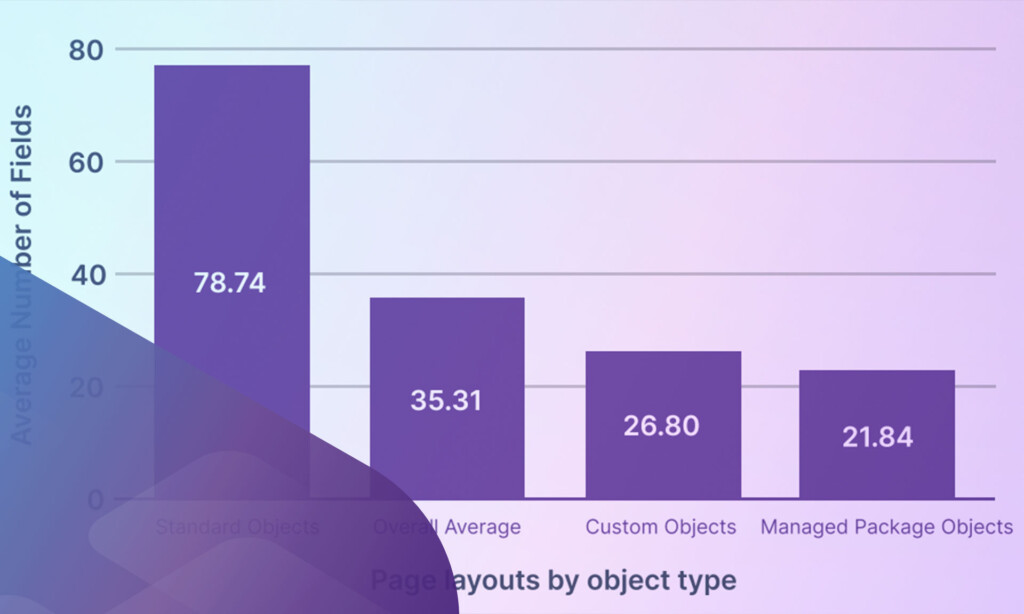
Center of Excellence: GOVERNANCE
Over the coming weeks we are going to explore each of the 13 pillars of a Center of Excellence (COE). In this article we are going to look at the 3rd pillar: Governance. In each article, for each pillar we will set out the scope, look at what success looks like and explore the tools and techniques you need to master.
Center of Excellence – 13 pillars
Whilst every organization is different, there are some common aspects. No matter what size of project, these need to be established. These are activities, not roles. The smaller the project, the lighter the touch. As background for this article, here are the 13 pillars of a COE:
- Vision: strategic vision and direction for Salesforce for both the business and IT (link to article)
- Leadership: Steering Committee and key sponsors in business and IT (link to article)
- Governance: overall control of strategic direction, business cases, investment and risk management
- Change control: management of changes to all aspects of the project
- Methodology: the implementation methodology covering people, process and technology which includes business analysis, DevOps and adoption.
- Standards: includes standards for business analysis, org documentation, metadata naming, coding, testing, communication, change management and training
- Metadata management: control of the Salesforce metadata across the deployment pipeline
- Architecture: technical and data architecture of Salesforce and how it relates to the integrated systems
- Security: like architecture, security needs to be designed in, not bolted on as an afterthought.
- Change management: communications, organizational change and training to get Salesforce adopted
- PMO: the Project Management Office that manages the COE activities
- Tooling: platforms/apps/ tools used to support the project
- Innovation: innovation hub that builds out Salesforce prototypes to show the “art of the possible”
Governance scope / approach
The vision and scope document is signed off by the leadership. This enables the roadmap to be developed. The roadmap will be divided into phases; now, next, soon and later. As each phase is delivered the scope of the subsequent phases needs to be signed off. Inevitably there are changes as business priorities change.
There needs to be a governance process that is used to track and manage changes through a formal sign-off cycle. This is the first and most important process to put in place as it is used to sign-off the original vision, scope document, and the roadmap.
Governance Tools and techniques
Agreeing on governance processes
The first process you need is the process to manage the change process. To map the processes you should use the UPN approach. It is easily understood and shared.
Here is an example of a Level 2 of our overall change cycle and this is where the governance is defined.
Managing Change Requests
Change requests should be captured centrally so that they can be managed, prioritized and tracked. To capture change requests you could use Elements.cloud. It enables you to capture everything from user feedback directly from a page layout in Salesforce, to business requirements, to strategic initiatives. They are all stored and tracked through a series of customizable stages in a UI that resembles a spreadsheet. But unlike a spreadsheet, which is just a single row of data, Elements enables you to add supporting information via the right panel to every change request, and connect it with the other business analysis documentation and Salesforce metadata. That way you are building up a history of changes to Salesforce that will be critical in future impact and change analysis.
Talk to us and run a proof of concept Book Call
Sign up for
our newsletter
Subscribe to our newsletter to stay up-to-date with cutting-edge industry insights and timely product updates.









